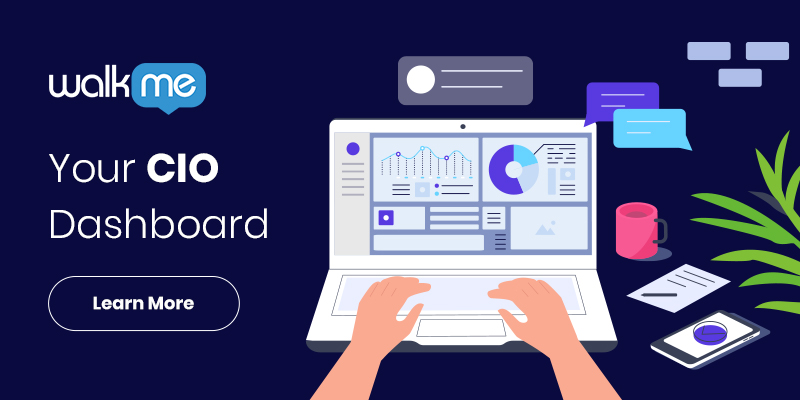In the past year, our world has shifted from looking at technology as an added benefit to the solution which enables every facet of our lives. Digital channels inhabit our day-to-day in working from home, shopping online for food and clothing, providing and receiving telemedical consultation, managing financials…the possibilities continue to multiply.
Digital innovators and opportunists are using this moment in history as a vehicle to expand their reach and to connect with audiences they may not have previously been able to contact. Adapting a digital-first foundation on which a company can grow means taking each and every available moment to engage with customers and employees to build new experiences. The greater the digital experience you can offer, the more likely you are to succeed.
The Digital-First Customer
A new level of convenience has been highlighted by being stuck at home. Purchasing online, without the need to take a single step outside your door, is becoming the new norm. International Data Corporation (IDC) predicts that 65% of global GDP will be digitalized by 2022.
With more transactions happening remotely, customers have nearly unlimited options from which to choose. They can browse hundreds of stores at the click of a button–or the tap of a screen–leaving companies in a massive competition for attention through digital channels.

In a recent study from KPMG named “Customer experience in the new reality,” it was found that 63% of consumers say value is the differentiator on product or service choice as a result of COVID-19. While well-known brands are often associated with better value, being a house-hold name won’t bring in business if you can’t effectively engage with your customers online.
In the same piece, Head of Global Customer Center of Excellence, Julio Hernandez says, “The simple truth is if you don’t transact there is no experience and if there is no experience, you will struggle to maintain customer relationships. Experiences in the new reality need to be immersive, emotionally connective and overtly safe. This demands a connected organization where every capability is symbiotic and digitally aligned front to back to deliver an intentional customer experience.”
The digital-first customer has high expectations. Everything must be instant, seamless. From the buying process to receiving support, to the delivery of a service or product, the virtual experience needs to be flawless. Otherwise, the risk of losing customers grows with every second of downtime. One of the many reasons why UX has become a CIO priority.
The Digital-First Employee
True customer experience begins with the CIO’s original customer, the employee. Working from home is a must for maintaining business continuity, but it brings new challenges. Without proper enablement, it becomes impossible for employees to achieve the goals their managers have set out for them.
Luckily, digital workplaces have made it easier for business leaders to guide their employees from a distance. One example of just how powerful the digital-first employee can be, American space programs NASA and SpaceX partnered together to launch the first human commercial flight to space, with a majority of employees working from home.

There is an endless number of applications that can assist remote employees, but it is down to the CIO to build a total experience for their organization. Gartner refers to this unification of systems as a composable enterprise. This concept takes the key business processes from each digital channel to build one fluid user journey. The ability to personalize these experiences for the employee means they can focus solely on the tasks they need to complete–reducing frustration and maximizing productivity.
The Complete Digital-First Experience
In order to create a digital-first environment, more and more organizations are working towards digital transformation. IDC also predicts that by 2023, 75% of organizations will have comprehensive digital transformation implementation roadmaps, up from 27% in October of 2020.
However, as mentioned in a PwC report about using digital solutions to grow, transformations and efforts to pivot enterprises to become digital-first are prone to failure: 75 percent of digital transformations fail to generate the kind of returns that exceed the original investment. This should not turn companies away from undergoing the transformation, but rather guide them with the notion that the transformation needs to bring together all the key aspects of a digital-first environment: people, processes, and IT applications, through the right digital platform to facilitate the complex interactions between them.
Adapting current business models to the needs of digital-first customers and employees will change the way companies grow. Marketplace disruption creates a non-linear path that organizations must pave themselves.
Chief Digital Officer and VP of Digital Transformation at IBM, Nilanjan Adhya, was a recent guest on WalkMe’s podcast, where he discussed the importance of each interaction a customer has with a company. “These are all small interactions that make a big difference in how [customers] perceive the company. To deliver the experience, we need an IT infrastructure that is based upon micro-services that allow you to be more agile.”
Every interaction that a person has with a company, no matter how small, is a micro-experience that determines the overall perspective they have of the company as a whole. Digital channels are fine-tuned pathways to connect with customers and try to improve every single experience from micro to macro.
The same is true for employees. Maintaining the happiness and agility of your workforce through each custom experience gives you the ability to offer better customer experiences as a company. From top to bottom, a digital-first business will always be prepared for what’s to come.




